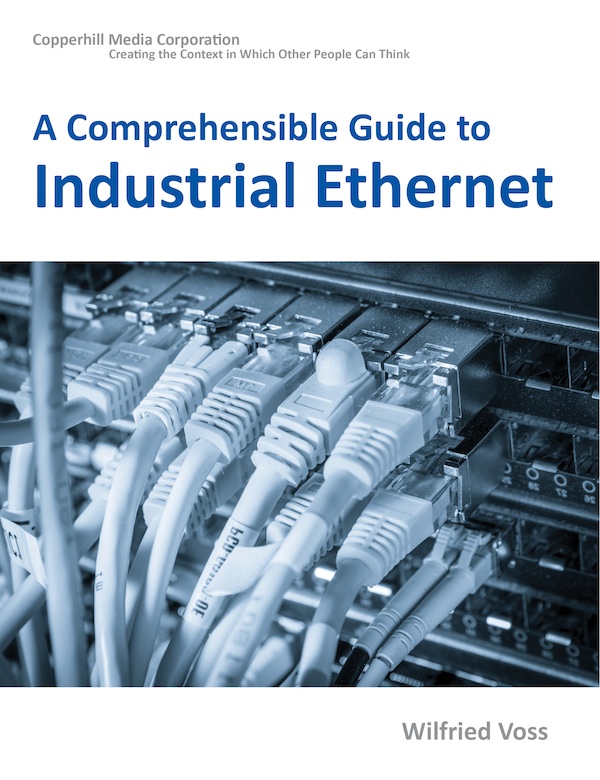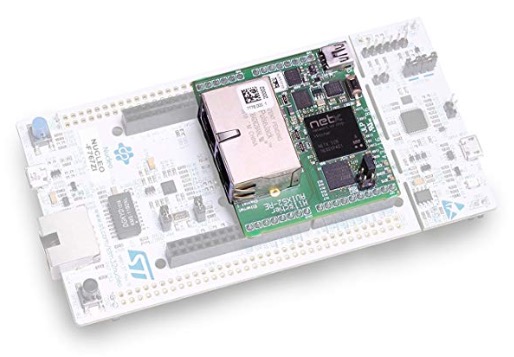Recent Posts
Industrial Ethernet Guide - Industrial Safety Protocols
Posted by on

The following is part of A Comprehensible Guide to Industrial Ethernet by Wilfried Voss.
Most industrial safety networks conform to guidelines specified in relevant standards such as IEC 61784-3 and IEC 61508, which list possible transmission errors. The prevention of such errors represents a crucial component of industrial safety protocols.
Industrial safety protocols are communications protocols used to transmit information crucial to the safe operation of machinery in manufacturing lines, process plants, or similar industrial environments. They are designed to guarantee the detection of communication errors such as message corruption, delay, insertion, loss, and repeat.
Currently, there are four Industrial Safety Network protocols available, and they support those protocols most relevant to the market.
- CIP Safety supports Ethernet/IP and Sercos III.
CIP Safety allows safety devices to coexist with standard control devices on the same CIP Network, either with or without a Safety PLC. In this environment, safety sensors can operate alongside variable speed drives, safety controllers with standard PLCs and proximity switches. No matter what combination of devices is used, the integrity of the safety control loop cannot be affected by any of the standard control devices.
- PROFIsafe supports Profinet.
PROFIsafe is independent of the communication method and provides cost-effective and flexible functional safety. It covers the entire communication path from the sensor over the controller to the actuator and integrates safety and standard communication on one cable (black channel principle).
- openSAFETY supports Profinet, EtherCAT®, Ethernet/IP, Ethernet Powerlink, and Sercos III.
openSAFETY is a bus-based protocol that allows for passing on safety data over existing Industrial Ethernet connections between end devices and higher-level automation systems – connections principally established and used for regular monitoring and control purposes. Unlike other bus-based safety protocols that are suitable for use only with a single or a few specific Industrial Ethernet implementations and are incompatible with other systems, openSAFETY works with a wide range of different Industrial Ethernet variants.
- FSoE (Safety over EtherCAT) supports EtherCAT®.
The open protocol Safety over EtherCAT (abbreviated with FSoE "FailSafe over EtherCAT") defines a safety related communication layer for EtherCAT. Safety over EtherCAT meets the requirements of IEC 61508 SIL 3 and enables the transfer of safe and standard information on the same communication system without limitations with regard to transfer speed and cycle time.
For more information, see:
- CIP Safety: Fail-safe communication between nodes...
- CIP Safety - ODVA...
- Industrial Safety: PROFIsafe Profile Overview...
- PROFIsafe System Description - Technology and Application...
- Introduction to openSafety...
- openSafety (Wikipedia)...
- Safety over EtherCAT (FSoE)...
netSHIELD"NSHIELD 52-RE" - Industrial Ethernet Development Platform
 netSHIELD is an evaluation expansion board with Arduino compatible connectors for development purposes.
netSHIELD is an evaluation expansion board with Arduino compatible connectors for development purposes.
It enables the user to connect a Microcontroller based application to all market relevant Real-Time-Ethernet industrial networks with best-in-class real-time capabilities, like PROFINET, Ethernet/IP, EtherCAT, and others.
The extension board features a netX 52 system-on-chip. The netX SoC architecture is designed from the ground up for the highest demands on flexibility, determinism, and performance in terms of multi-protocol capability and low latency for short cycle times. The heterogeneous multi-core architecture features an ARM processor core, coupled with a flexible communication subsystem (xC) for varieties of industrial applications support.
 Loading... Please wait...
Loading... Please wait...
